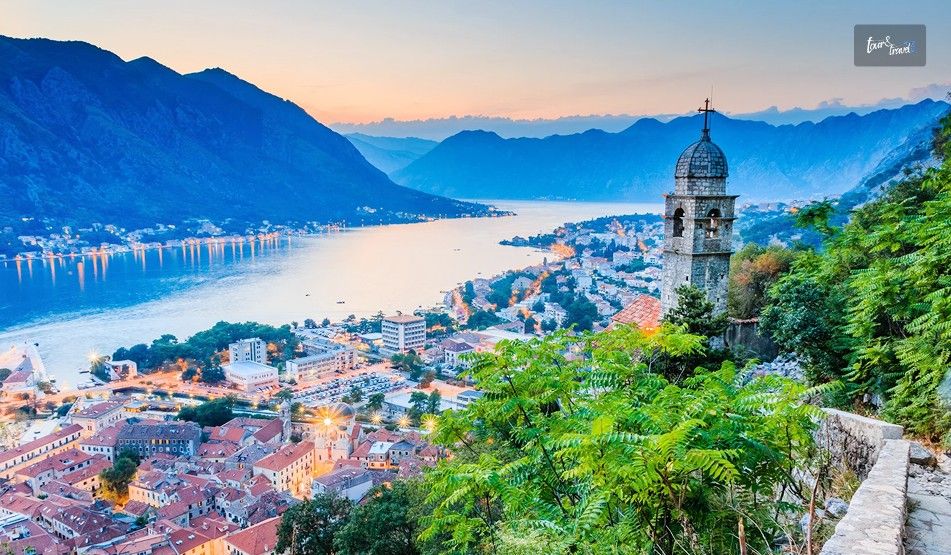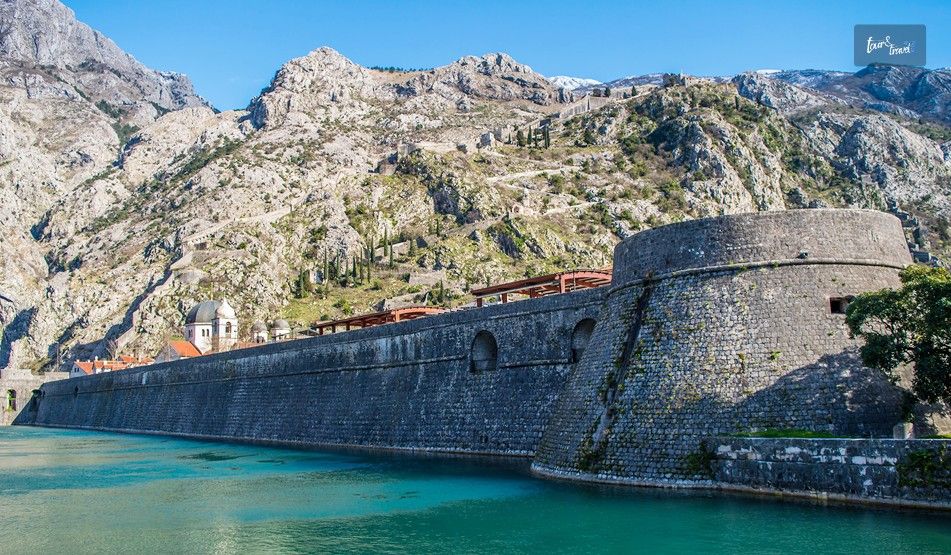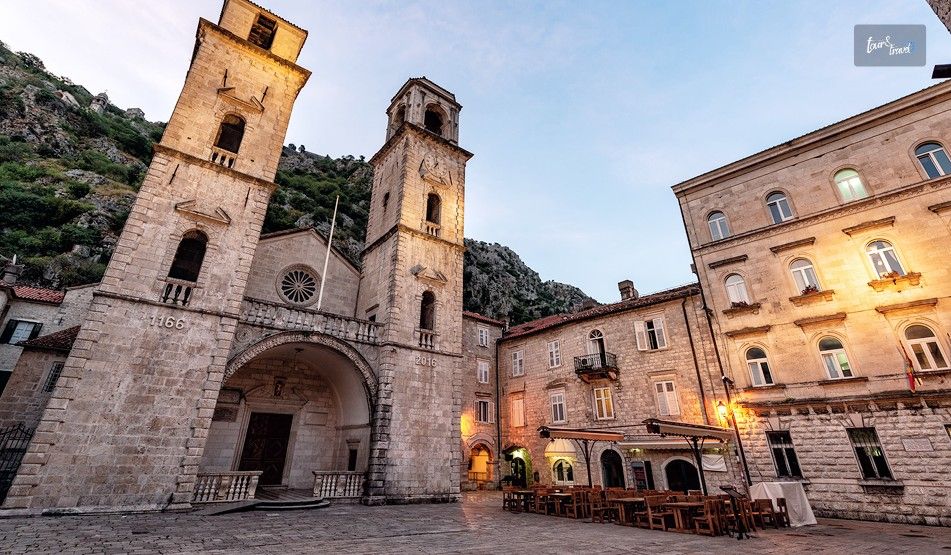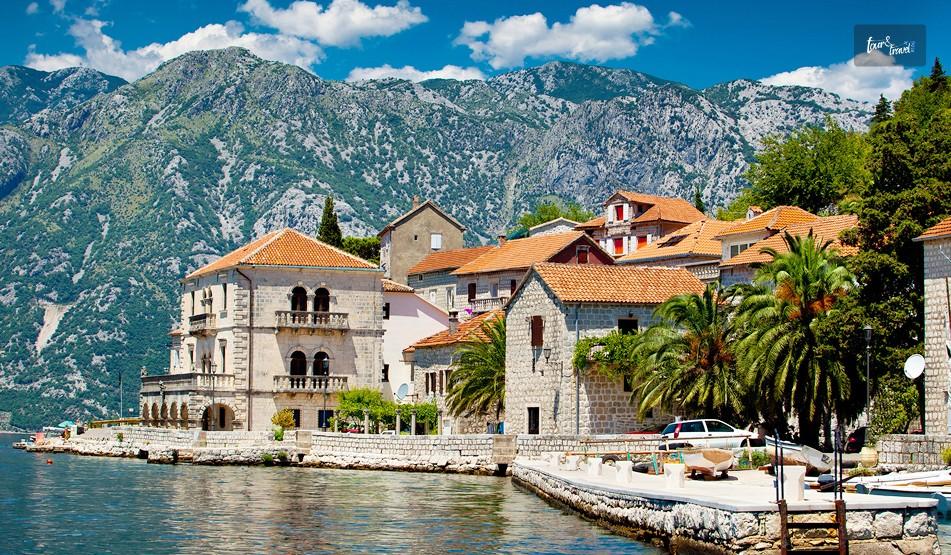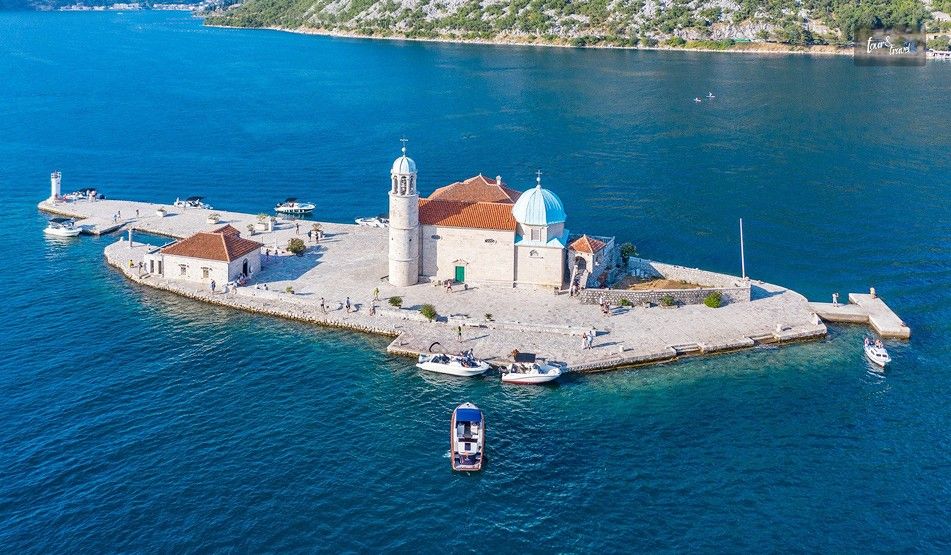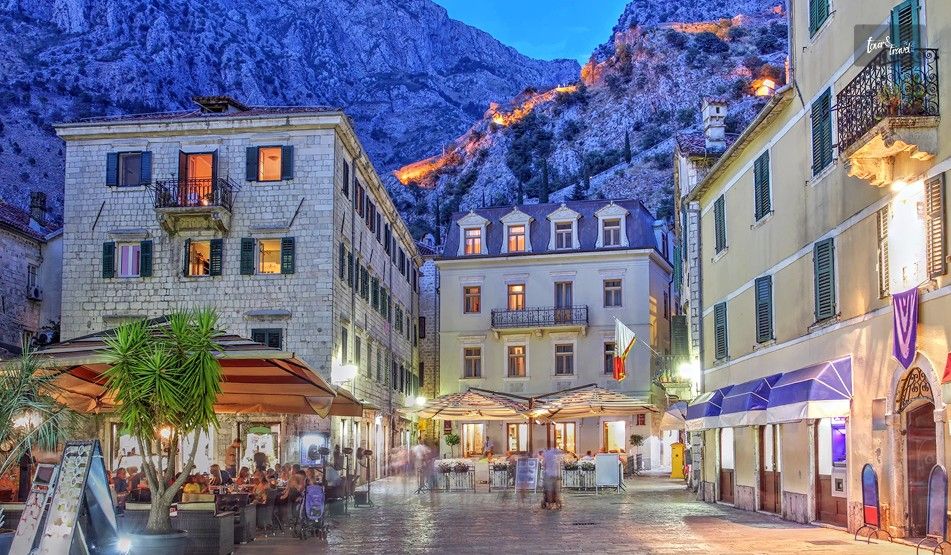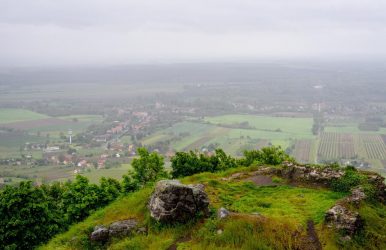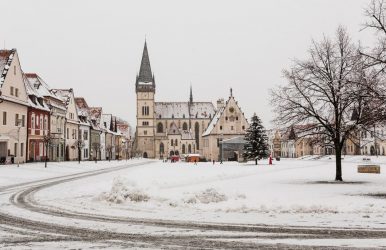9 Best Beaches In Greece That You Must Visit Once In Your Life
BY Barsha Sep 26, 2025
With more than 200 inhabited (and beautiful) islands dotting the Ionian and Aegean Seas, Greece is definitely a beach lover’s paradise. However, with so many stunning options, it can get very overwhelming to find out which island is perfect for a sun-soaked getaway. And I’ve been there, truly! But then my partner and I have always hated crowds - plus, all the popular islands were too expensive. So, our aim was simple - to find the best spots in Greece. If you explore them and fall in love with one of them, you may decide to buy a property here for your holidays or for rental. On that note, I’ve listed the best beaches in Greece. My parameters? Well, I’ve got quite a few - check them out before jumping down to my list of Greece’s best beaches - and yes, all of them are located in Milos. Does the beach come with a long coastline and a great view? Is the water good for swimming? What activities can you try? How’s the sand? Is there a restaurant to dine at? Does the restaurant offer takeaway? How’s the parking? Can you rent umbrellas and chairs? Is there anything unique or rare about the beach? Stay tuned. 9 Best Beaches In Greece: Keeping my parameters, let’s check out the best beaches in Greece: 1. Kleftiko Beach: Kleftiko Bay, a truly magical place, ah! This protected bay is home to crystal-clear turquoise water, hidden sea caves, and dramatic white cliffs. In fact, the sea caves were actually used by pirates as a hideout. This beach is an iconic spot in Milos - and for all the right reasons. The beach was stunning, and the view? Absolutely worth every single penny. Technically, it's not really a beach - it was a sort of bay. Still, for me, this was one of the best beaches in Greece. Now, coming to the beach’s accessibility, you just can’t walk to this bay. Yep, there’s no road that directly leads to this bay. In fact, you can access this boat only by boat. However, there’s a three-mile hike that you can take - it leads directly to the beautiful bay. My boyfriend is a professional mountaineer, and there’s no way he will compromise on the hike! So, he convinced me that this would be a great experience - and like always, he was right! When you descend, you will get a stunning perspective of the entire bay. We found a few flat rocks at the very bottom and paused for a break to soak in the breathtaking view around us. Later in the evening, we went back to this bay - but this time, we opted for a speedboat tour, and it was a different experience, much like checking out the same view from two different perspectives. How Much Will It Cost You? Access to this beach is completely free. However, we recommend boat tours - and those will cost you between $35 and $70 for half-day tours and around $117 for a full-day tour. 2. Kolympisionas Beach: Kolympisionas Beach is perhaps the most underrated beach on this list. Thanks to Away Lands, a fellow travel blog, I first read about this beach - and it made it to my bucket list. When I reached here, I realized this was indeed worth the effort and time! The best part? This is so underrated that you will not even find it by its English name on Google Maps. So, if you are looking for a beach where you can enjoy the isolation, then this is your best shot! It was Summer, and everywhere we went, we were greeted with crowds. But this was a complete surprise. We had just hiked from Milos Cove Hotel without knowing what we could have found at the end of the trail, ending up at this private cove. Also, thanks to the unpaved roads here, it is best to rent an ATV or SUV for an entire day to drive around. There’s so much to explore in easy Milos - so the extra expense on commuting is necessary and absolutely worth it. Moreover, if you have been dreaming about going skinny dipping at least once in your life, this is the spot! (We might have done it, and it was one of the best highlights of the trip.) How Much Will It Cost You? Like most European beaches, entry to this beach is free. You can rent umbrellas and sunbeds in different areas on the beach - but the rates tend to vary. While a set of sun loungers and umbrellas cost $94 at one spot, they cost us as little as $36 in another area. If you add food and drinks, it will cost you around $140. 3. Firiplaka Beach: We found the Firiplaka Beach on the island’s southern coast. It is one of the best beaches in Greece to rent an umbrella and a chair for spending an entire day lounging by the sea. Once here, you can enjoy the crystal-clear blue water, the soft sand, the wide bay, and the surrounding calmness. Moreover, you can rent paddleboards and kayaks from a small beach shack here. Plus, we had a great time at the beach bars - sipping on cocktails and lounging in comfy chairs. For people who are up for some exploring, you can walk down the beach towards the candy-colored rocks - you can explore the private, sandy inlet near the rocks. Also, if you don’t want to rent sunbeds, then don’t forget to carry an umbrella or a hat because the beach has no shade. How Much Will It Cost You? Access to the beach is free, so you can enjoy the water and swim around for free. We rented a set of sun loungers and umbrellas for $60. However, we found out later that some places on the beach offer the same things for only $35 - so, it’s better to ask around before renting umbrellas from the first place you spot. 4. Mandrakia Beach: Mandrakia, a fishing village that was right out of a European movie! This classic Greek village is home to traditional whitewashed buildings, colorful fishing shelters, and vibrant boat garages beautifully carved into rocks - the view? Postcard-perfect! Moreover, the beach is the right blend of small sandy spots and rocky outcrops, making it a unique spot for sunbathing and swimming. The water is crystal-clear in the small port - that way, you can just go down the colorful steps and jump into the water from the dock. Also, being a food junkie, I dragged my athletic partner to several places serving delectable food - my favorite? One of the most iconic restaurants of Milos, Medusa, stood out for its fresh seafood and the view. How Much Will It Cost You? Access to this underrated beach is free. There are some spots to order food from, but I suggest spending money on exploring this classic Greek fishing village. 5. Firopotamos Beach: Only a few minutes from the beautiful Mandrakia, we found another charming little village, Firopotamos. This scenic seaside village is literally perched on a cliff with crystal-clear, turquoise water. You can rent umbrellas and sunbeds on the beach. Plus, there’s a cool beach bar here, if you want to sip on cocktails while enjoying the view like us! Moreover, there’s a road from this tranquil cover - if you walk up this road for a few minutes, you will find stone ruins open to the visitors. We had gone to explore these ruins behind the church, and guess what? We realized these ruins overlook the whole bay and are worth spending time at. In addition, you can rent small, waterfront houses here and stay in some of the most beautiful places in Milos. However, we had to book our house months ago since people book them in advance - and that too months ago. So, do plan early if you want to stay in these charming little houses. How Much Will It Cost You? Access to this beach is free. We rented a set of sunbeds for $20 - the rates tend to vary between $12 and $35, depending on the season. Also, I got very drunk here and ended up paying the beach bar $80 for the cocktails. 6. Agkali Beach: The beautiful Milos Cove Hotel has a hidden cover inside with a picturesque ambience (similar to that of a private beach) and candy-colored cliffs - welcome to the unbelievably beautiful Agkali beach. You will only need one thing to access this beach - you have to stay in the Milos Cove Hotel. Yes, the beach is only open to hotel guests. Moreover, you can easily reach the beach by boat. Otherwise, the drive is not very comfortable thanks to the unpaved roads - it’s a rocky paradise out here. While we were here, we were mesmerized by the rocks scattered everywhere on the beach - the rainbow of colors and the beautiful striations made it unique and memorable. How Much Will It Cost You? This is a common problem with all beaches in Greece - prices tend to vary a lot. And Agkali beach was no different. Access to the beach is free, and the boat ride to the beach costs us $47. 7. Sarakiniko Beach: Sarakiniko Beach is famous - it literally put Milos on the map for having some of the best beaches in Greece. This beach is known all around the globe for its beautiful moonscapes. Walking around in this cove of white rocks almost felt like walking on another planet, especially when the light starts dropping before sunset. Truly, the landscape here is something I am sure I won’t see anywhere else - you have to see the white rocks in both their evening glory and under the bright sun. Also, if the water is calm, you can experience cliff jumping since the edges of cliffs here jut out over the water. But in case the winds pick up and the water seems to be relatively rougher, be cautious about your swimming skills. How Much Will It Cost You? Access to the beach is free. Renting sunbeds and umbrellas will cost you between $12 and $18. If you go on a land excursion in Milos with Sarakiniko as a stop, it will cost $440 for every traveller. Moreover, you can do the same via boat - in that case, it will cost you around $150. 8. Kalamos Beach: Kalamos Beach is not a beach - rather, it's a tiny, pristine strip that was accessible only by boat. The sand here looks like nobody has ever stepped on it. And the thing about such beaches is that they're a rarity in the world we are living in currently. As a result, swimming around in the water here was an incredible experience. Moreover, if there’s one activity that you have to try, then that would be to go on a boat tour. My partner planned one for me. We rented a speedboat and spent an entire day exploring the water, hidden beaches, beautiful bays, and coastlines. You can do the same - there are different companies offering boat tours everywhere on the island, starting from party boats to boats for small groups. How Much Will It Cost You? Kalamos beach has no entrance fees. Renting a set of sunbeds and umbrellas will cost you between $12 and $24. In some spots, it will cost you $24 to rent sunbeds, but it comes with a cocktail or beer. 9. Paralia Paleochori Beach: The only reason I visited this stunning beach and wrote about it in this list is its unique landscape - a volcanic landscape and colorful cliffs with a blend of pebbles and soft sand. What we found especially unique here was the cove’s natural warm water due to geothermal activities taking place under the water. As a result, stem vents close to the shoreline make the sand somewhat warm, even in the cold. So, if you are planning a trip during the summer, it's best to wear sandals to protect your feet from hot sand. While we were here, we did visit the popular (and super expensive) Sirocco Volcanic Restaurant, a pricey restaurant in Milos close to the Paralia Paleochori beach. The USP? The restaurant is famous because it cooks fish directly in the heat from the volcanic sand. The reviews aren’t lying - the food here is delicious and the place is a must-visit. How Much Will It Cost You? Paralia Paleochori beach is somewhat expensive compared to the other beaches on this list. As a result, renting a set of sunbeds and umbrellas will cost you between $47 and $94. Are Beaches In Greece Safe? Yes, the best beaches in Greece are usually safe, famous for their calm water and clean environment. Having said that, it is always vital to be aware of all potential risks, including underwater hazards such as jellyfish and sea urchins, riptides, strong sun, and even theft. Also, it is vital to check warning flags, wear appropriate gear (especially footwear), follow rules (including what the lifeguard says), and protect yourself from the sun for a safe experience. Frequently Asked Questions: Check out the most frequently asked questions about the best beaches in Greece: 1. Is Milos Cheaper Than Crete? Yes. It is cheaper to plan a trip to Milos - instead of Crete. The islands of Milos have a laid-back atmosphere and are much smaller in size, with several budget-friendly options for food, lodging, and local experiences, making the island a cost-effective spot for travel enthusiasts. 2. What Is The Cheapest Month To Visit Greece? While you will find the most budget-friendly options between November and March, each month comes with its own set of unique experiences and advantages. So, whether you feel like making the budget a priority or seeking fewer crowds and pleasant weather, planning a trip as per these insights will make your Greek holiday memorable. 3. When Not To Visit Greece? Summer is very hot in Greece, especially close to the sea. This warm weather and heat make the experience uncomfortable, especially when you are visiting historical spots or enjoying any outdoor activity during the day. So, it’s best to avoid a trip to Greece in any extreme weather conditions - it's best to visit in autumn or spring. 4. Which Greek Islands Are Not To Visit? It's best to avoid Santorini and Mykonos if you are not a fan of high prices and crowds, since these islands are expensive and overcrowded. Then there are other islands that you can avoid, depending on what you prefer. For instance, we picked Milos because it's one of the most underrated islands of Greece. Read Also: The Best Luxury Villas Greece Le Collectionist: Why Are They Unique? Seven Reasons To Visit The Stunning Greek Ionian Islands A Beginner’s Guide To Island-Hopping In Greece

